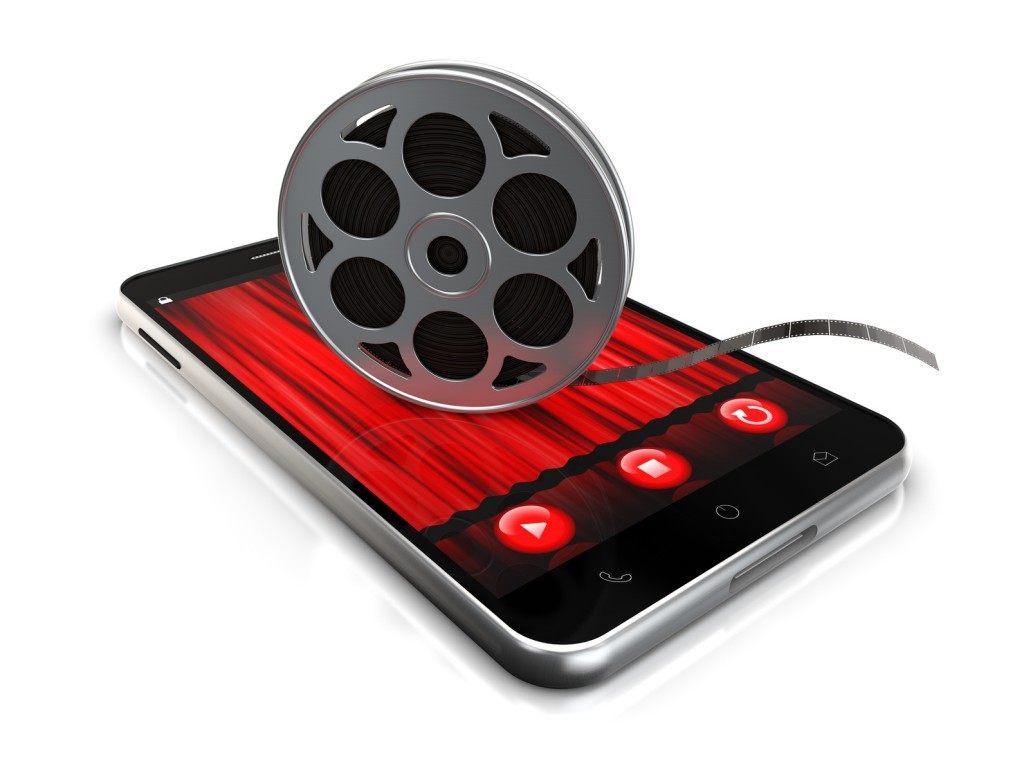
Viewing, streaming, downloading on desktop, laptop and mobile… how making and watching of films has changed with the advent of technology

Viewing a film meant for the big screen and seen on a much smaller one is the murder of the medium based form.
Most people in Pakistan have got into the habit of seeing films on their television at home, primarily because films were not imported to be screened in cinemas. Now films are imported and are being screened in the cinemas but it is difficult for people to get out of the habit of seeing films at home.
The habit is supported by additional advantages of cost and comfort.
Going to the cinema means venturing out of the house, and if it happens to be with family, the transportation cost has to be factored it. The cinema tickets are not cheap - even the lowest is in hundreds -- and it may seems to be a hole in the pocket of people who find it difficult to make two ends meet.
Now as technology has gone beyond the DVD into streaming and downloading of such material, the desktop, laptop and mobile sets have become the favourite gadgets that facilities entertainment -- that too at a negligible cost.
The soft piracy laws and its slack implementation also makes it easier to tap into the software without having to bear the overbearing copyright costs.
But actually what we see in the comfort of our homes according to our hours of leisure is not film but a new medium, call it what you may, because seeing a film on the small screen is like damning all the finer aspects that it is known for.
The film is primarily a medium to be seen, a visual delight, so to say, and the initial impact of the cinema on the viewer is through the moving image. The opulence and grandeur of the moving visual image is the signature aspect of the medium. It is for nothing that the size of the screen is crucial. As the smaller film sizes and subsequent screens like 16mm expanded to 35mm and 70mm, it encompassed everything, dwarfing all else in its wake. The immensity of the screen and the moving image sets the parameters under which the film is to be viewed.
The film is designed artistically for the big screen and the form that grows out of it is basically composite in nature. It is supposed to be good cinema when all forms -- literature, dance, music, and visual arts -- merge into the composite forms of an organic whole. While watching a film, there should not be any undue emphasis on any one aspect, like the story or music or acting, but treated as a unified experience and received as such.
For a total and absolute suspension of disbelief, the overpowering presence of film is critical. It should have power or quality to sweep audiences off its feet and eliminate skepticism to receive the fullness of the film experience.
The basic template of film is cinematography. It is here that all these various art forms jell into the form of cinema. The way a frame is made, an angle is used, the artistic functioning of lighting as well as locale, whether inside a studio or outdoors, it is all encased in created time and space for everything to function in. Without these parameters there would be no film, only the various strands sticking out individually retaining their own particularities.
Cinematography is not merely the art of putting the moving visual image on screen but the art of making it an organic whole. The space, the pace of the narrative, the tempo determined by the director… it is the combination of all that acts on the viewers in a surreptitious manner to override the individual strands within the form. No wonder films was initially seen in the darkness of the cinema hall where the audiences were left on purpose at the total mercy of the director’s cut.
Now with a remote in hand, pace or tempo of the film is determined by the viewer. The constant fidgeting with rewind, fast forward and pause undercuts the rhythm determined by the director. In the absence of darkness everything is done in broad daylight to increase the distance between the viewer and the happening on the screen. The viewers cannot be held hostage in the din of the suppressed chaos of a home where so much else is taking place with the film being just one of the myriad activities.
So it is a new form that we experience or a lack of it -- a consolidated one but viewed in fragmentation and in bits perhaps in synch with our own experience of viewing and experiencing in bits and pieces, in chunks and in disparate mediums. What is missing is the wholesomeness of experience. The film guaranteed and thrived on that as its essential quality.